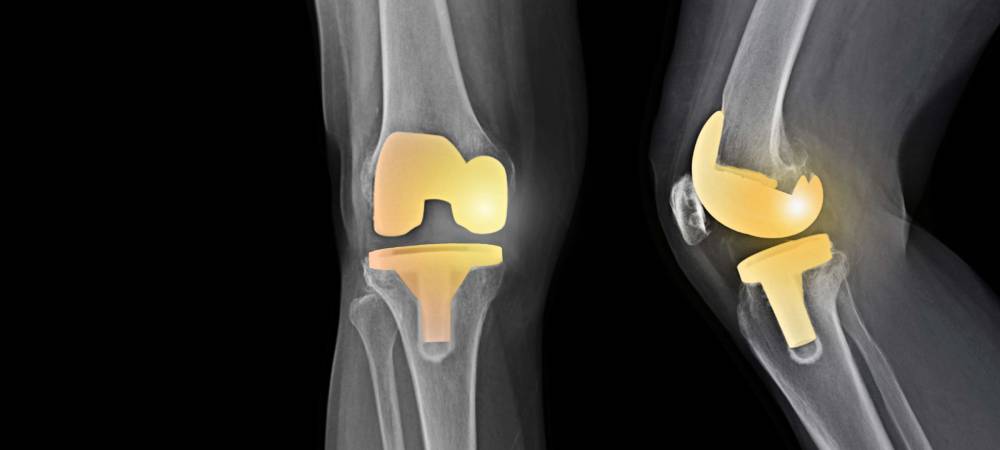Knee Replacement
Home : : Orthopedic Treatments : : Knee Replacement
Our Orthopedic Treatments

Knee replacement surgery — also known as knee arthroplasty can help relieve pain and restore function in severely diseased knee joints. The procedure involves cutting away damaged bone and cartilage from your thighbone, shinbone and kneecap and replacing it with an artificial joint (prosthesis) made of metal alloys, high-grade plastics and polymers. The most common reason for knee replacement surgery is to relieve severe pain caused by osteoarthritis. People who need knee replacement surgery usually have problems walking, climbing stairs, and getting in and out of chairs.
What are the different types of knee replacement surgery?
There are two main types:
- Total knee replacement, where the entire joint is replaced with artificial surfaces
- Partial knee replacement, where only one damaged compartment of the knee is replaced
Total knee replacement is the more common of these two procedures.
What happens during the procedure?
Most knee replacement surgery is performed under a combination of general anesthesia, peripheral nerve blocks, and spinal (epidural) anesthesia. You will also receive at least one dose of antibiotics to reduce the risk of infection.
During the procedure, the surgeon will remove bone and diseased cartilage from where your thigh bone (femur) and shin bone (tibia) meet at your knee joint.
Those surfaces are then replaced with a metal implant. A piece of special plastic is normally used to replace the backside of the kneecap and finally, this same plastic material is placed in between the two metal parts.
This gives both bones of your knee joint smooth surfaces again so they can flex and bend more freely and painlessly.
Risks
Knee replacement surgery, like any surgery, carries risks. They include:
- Infection
- Blood clots in the leg vein or lungs
- Heart attack
- Stroke
- Nerve damage
